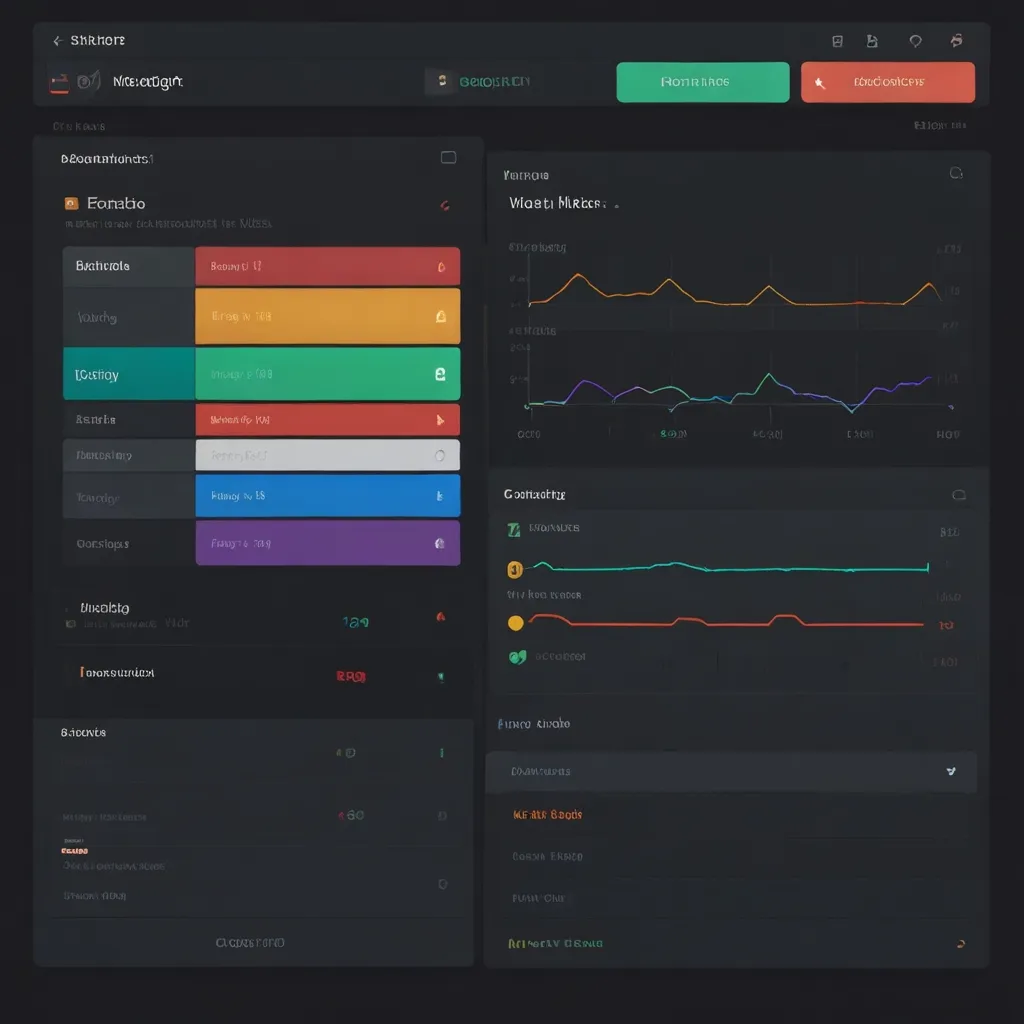When diving into web application development, picking the right tools feels like choosing weapons before stepping into a grand battle. One favorite among developers is Flask, a microframework for Python that’s both simple and flexible. But every hero needs a trusty companion, and for web applications, that companion is often a database. PostgreSQL, with its powerful features and reliability, makes an excellent choice.
Got your gears ready? Let’s walk through how to hook up Flask with PostgreSQL to build something cool.
First things first, let’s set up the necessary tools. Ensure you’ve got Python installed on your machine. You’ll also need pip, Python’s package installer, and a solid code editor—something like VS Code is sleek. To get Flask and the PostgreSQL drivers, pop open your terminal and run:
pip install flask psycopg2-binary
With Flask and the necessary drivers installed, it’s time to get our database up and running. You’ve got options here. One route is setting up a local PostgreSQL server on your machine. If you’re feeling particularly brave, get PostgreSQL from the official site and follow the installation instructions. After installing, jump into the PostgreSQL command-line tool, psql, and create your database with:
psql -U postgres
CREATE DATABASE mydatabase;
Alternatively, if setting up a local server sounds like too much hassle, go cloud. Services like ElephantSQL allow for quick setup without diving into server management. Create your account, spin up a new database, and jot down that database URL.
Now, let’s talk security. You don’t want your database credentials plastered all over your code. That’s where environment variables come into play. In your project directory, create a .env file and stash your database URL securely:
DATABASE_URL=postgresql://user:password@host:port/dbname
Also, create a .flaskenv file to configure your Flask application:
FLASK_APP=app
FLASK_DEBUG=1
Install python-dotenv which helps Flask load these environment variables smoothly:
pip install python-dotenv
Now we tie it all together by connecting Flask to PostgreSQL. Let’s whip up some Python code. Import the necessary modules, load those environment variables, and write a function to get our database connection:
import os
from dotenv import load_dotenv
from flask import Flask
import psycopg2
load_dotenv()
app = Flask(__name__)
DATABASE_URL = os.getenv("DATABASE_URL")
def get_db_connection():
conn = psycopg2.connect(DATABASE_URL)
return conn
@app.route('/')
def index():
conn = get_db_connection()
cur = conn.cursor()
cur.execute("SELECT * FROM mytable")
rows = cur.fetchall()
conn.close()
return str(rows)
While raw connections work, using an Object-Relational Mapper (ORM) like SQLAlchemy can make your life easier. It helps you interact with the database using Pythonic code rather than raw SQL.
Install SQLAlchemy along with its Flask extension:
pip install flask-sqlalchemy
After installation, integrate SQLAlchemy into your Flask app:
from flask import Flask
from flask_sqlalchemy import SQLAlchemy
app = Flask(__name__)
app.config['SQLALCHEMY_DATABASE_URI'] = os.getenv("DATABASE_URL")
db = SQLAlchemy(app)
class User(db.Model):
id = db.Column(db.Integer, primary_key=True)
name = db.Column(db.String(100), nullable=False)
email = db.Column(db.String(100), unique=True, nullable=False)
with app.app_context():
db.create_all()
Creating database tables and inserting data can be done using SQLAlchemy models or raw SQL. Here’s a taste of both approaches:
Using raw SQL:
CREATE_TABLE_QUERY = """
CREATE TABLE IF NOT EXISTS rooms (
id SERIAL PRIMARY KEY,
name TEXT
);
"""
INSERT_ROOM_QUERY = """
INSERT INTO rooms (name) VALUES (%s) RETURNING id;
"""
@app.route('/api/room', methods=['POST'])
def create_room():
data = request.get_json()
name = data["name"]
conn = get_db_connection()
with conn:
with conn.cursor() as cursor:
cursor.execute(CREATE_TABLE_QUERY)
cursor.execute(INSERT_ROOM_QUERY, (name,))
room_id = cursor.fetchone()
conn.close()
return {"id": room_id, "message": f"Room {name} created."}, 201
Getting into the delightful territory of handling user sign-ups and logins, Flask-Login is your ally along with SQLAlchemy. Let’s walk through a simplified take:
from flask_login import UserMixin, login_user, LoginManager, login_required, logout_user
class User(UserMixin, db.Model):
id = db.Column(db.Integer, primary_key=True)
username = db.Column(db.String(64), unique=True, nullable=False)
email = db.Column(db.String(120), unique=True, nullable=False)
password_hash = db.Column(db.String(128))
def set_password(self, password):
self.password_hash = generate_password_hash(password)
def check_password(self, password):
return check_password_hash(self.password_hash, password)
login_manager = LoginManager()
login_manager.init_app(app)
@login_manager.user_loader
def load_user(user_id):
return User.query.get(int(user_id))
@app.route('/login', methods=['GET', 'POST'])
def login():
if request.method == 'POST':
username = request.form['username']
password = request.form['password']
user = User.query.filter_by(username=username).first()
if user and user.check_password(password):
login_user(user)
return 'Logged in!'
return 'Invalid credentials', 401
@app.route('/signup', methods=['GET', 'POST'])
def signup():
if request.method == 'POST':
username = request.form['username']
email = request.form['email']
password = request.form['password']
new_user = User(username=username, email=email)
new_user.set_password(password)
db.session.add(new_user)
db.session.commit()
return 'User created!'
return 'Invalid data', 400
With everything set, let’s get that Flask app running. In your terminal, hit:
flask run
You should see your app spring to life, accessible at http://127.0.0.1:5000.
In a nutshell, bridging Flask to PostgreSQL isn’t a Herculean task. This combo can power your app robustly, whether it’s a blog or a full-on enterprise monster. SQLAlchemy’s ORM capabilities let you focus more on logic and less on boilerplate code. That means writing cleaner and more maintainable code, which is always a joy. Dive in, experiment, and build something amazing!






